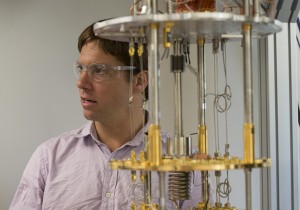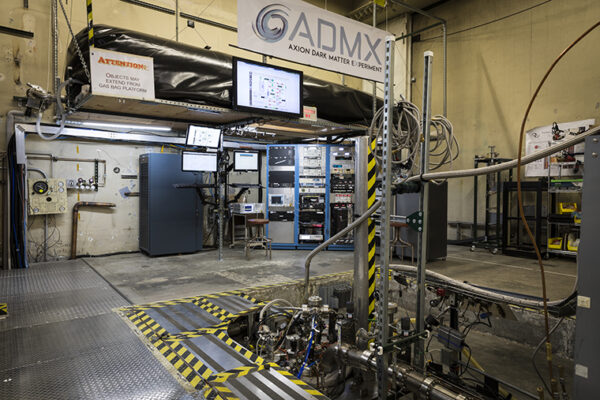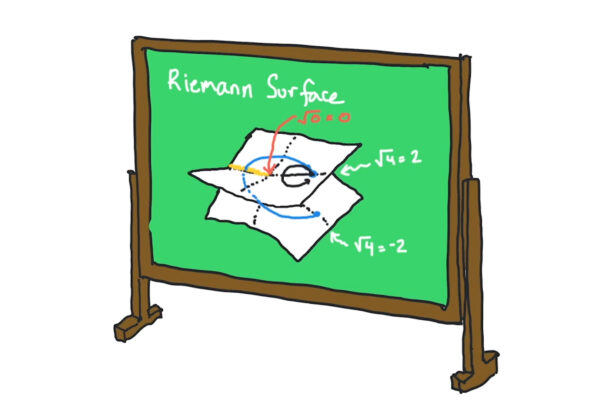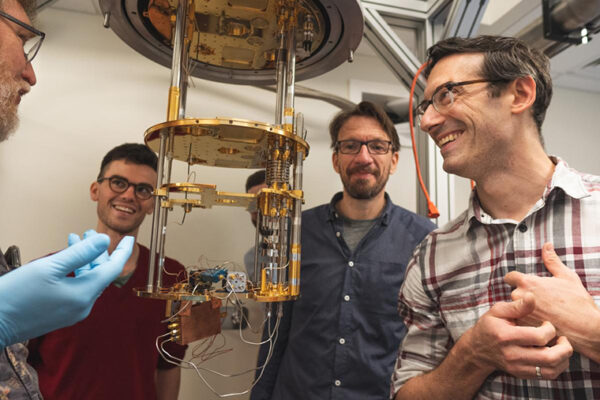Narration and animation by Kater Murch, associate professor of physics in Arts & Sciences.
Even in the strange world of open quantum systems, the arrow of time points steadily forward — most of the time. New experiments conducted at Washington University in St. Louis compare the forward and reverse trajectories of superconducting circuits called qubits, and find that they follow the second law of thermodynamics. The research is published July 9 in the journal Physical Review Letters.

“When you look at a quantum system, the act of measuring usually changes the way it behaves,” said Kater Murch, associate professor of physics in Arts & Sciences. “Imagine shining light on a small particle. The photons end up pushing it around and there is a dynamic associated with the measurement process alone.
“We wanted to find out if these dynamics have anything to do with the arrow of time — the fact that entropy tends to increase as time goes on.”
In the video above, Murch asks, “Do quantum movies look funny when you play them backwards?” He and his team, including Patrick Harrington, a graduate student in physics and first author of the paper, took that question to the lab — where their work is part of the new Center for Quantum Sensors.
“We looked at microscopic movies of a quantum system’s movement during measurement, and asked if the movies looked more likely when played forward or backwards; this comparison can be used to determine if entropy increases or not,” Murch said. “We found that even at the microscopic scale, the second law seems to hold: entropy generally increases.
“This increase happens because we look at it — the process of making the movie seemingly creates the arrow of time,” he said.
Murch’s research group is focused on understanding and controlling open quantum systems. While everyday objects obey the laws of classical mechanics, single particles of light or matter follow instead the laws of quantum physics. But these particles are not easily isolated, and as soon as they interact with the outside world they lose their quantum properties.
Murch is the 2018 recipient of a Cottrell Scholar Award and a National Science Foundation CAREER Award. The new research work featured in this video and publication is funded in part by his 2015 Alfred P. Sloan Research Fellowship.


